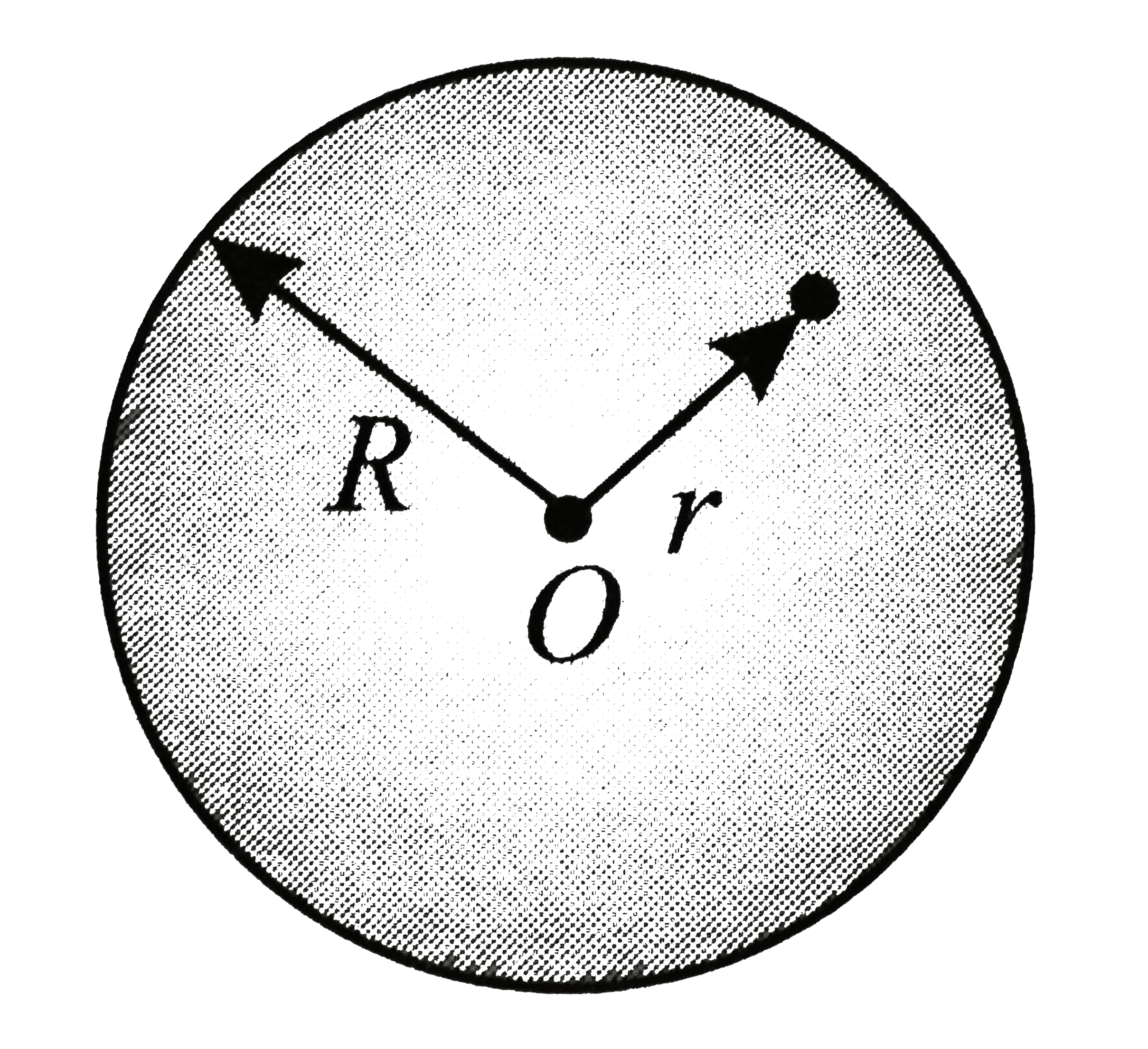From the relation R=R0A1/3 where R0 is a constant and A is the mass number of a nucleus, show that the nuclear matter density is nearly constant (i.e. independent of A).
Given that R=R0A1/3, (where R0 is a constant and A is the mass number)
densityρ=MV=A43π(R0A1/3)3
ρ=A43πR30A=34πR30=constant
Topper's Solved these Questions
- NUCLEAR PHYSICSBook:RESONANCE ENGLISHChapter:NUCLEAR PHYSICSExercise:Advanced level solutions
Explore 16 Videos
- NUCLEAR PHYSICSBook:RESONANCE ENGLISHChapter:NUCLEAR PHYSICSExercise:Exercise-3 Part-II JEE (MAIN)
Explore 19 Videos
- GRAVITATIONBook:RESONANCE ENGLISHChapter:GRAVITATIONExercise:HIGH LEVEL PROBLEMS
Explore 16 Videos
- REVISION DPPBook:RESONANCE ENGLISHChapter:REVISION DPPExercise:All Questions
Explore 463 Videos
Similar Questions
from the relation R=R0A1/3, where R0 is a constant and A is the mass number of a nucleus, show that the nuclear matter density is nearly constant (i.e., independent of A ).
View SolutionRadius of a nucleus is given by the relation R=R0A1/3 where R0=1.3×10−15m and A is mass number. For a nucleon inside a nucleus, de-Broglie wavelength is given by diameter of the nucleus. Average kinetic energy of a nucleon in the Te128 nucleus based on above information will be :
View SolutionThe graph of 1n(RR0) versus 1nA(R=radius of a nucleus and A= its mass number) is
View SolutionThe graph between log R and log A where R is the nuclear radius and A is the mass number is.
View SolutionA ball of radius R carries a positive charges whose volume density at a point is given as ρ=ρ0(1−r/R), Where ρ0 is a constant and r is the distance of the point from the center. Assume the permittivities of the ball and the enviroment to be equal to unity.
(a) Find the magnitude of the electric field strength as a function of the distance r both inside and outside the ball.
(b) Find the maximum intensity Emax and the corresponding distance rm.
View SolutionHow is the size of nucleus experimentally determined ? Write the relation between the radius and mass number of the nucleus. Show that the density of nucleus is independent of its mass number.
View SolutionA solid insulating sphere of radius R has a nonuniform charge density that varies with r according to the expression ρ=Ar2, where A is a constant and r<R is measured from the centre of the sphere. Show that (a) the magnitude of the electric field outside (r>R) the sphere is E=AR5/5ε0r2 and (b) the magnitude of the electric field inside (r<R) the sphere is E=Ar3/5ε0.

View SolutionA solid non conducting sphere of radius R has a non-uniform charge distribution of volume charge density, ρ=ρ0rR, where ρ0 is a constant and r is the distance from the centre of the sphere. Show that : (i) the total charge on the sphere is Q=πρ0R3 (ii) the electric field inside the sphere has a magnitude given by, E=KQr2R4
View SolutionA cyclist rides along the circumference of a circular horizontal plane of radius R, with the friction coefficient μ=μ0(1−rR), where μ0 is constant and r is distance from centre of plane O. Find the radius of the circle along which the cyclist can ride with the maximum velocity, what is this valocity?

View SolutionA non-conducting solid sphere has volume charge density that varies as ρ=ρ0 r, where ρ0 is a constant and r is distance from centre. Find out electric field intensities at following positions.
(i) r<R (ii) r≥R
View Solution